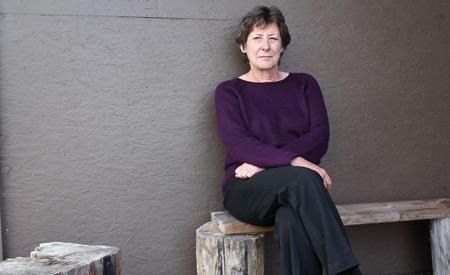by Kyle Wells [email protected] Having homelessness hidden is both a relief and a curse.
It means on the one hand that people are not having to resort to living on the street, that a support network, even if largely informal, does exist. On the other hand it means the average resident is not aware that it exists. Which means that homelessness is often overlooked as a political talking point or as a priority for taxpayers’ dollars. Out of sight, out of mind.
Crunched numbers, however, show that it is cheaper for government to house people than to support homeless people. According to a 2001 study sponsored by the then ministry of social development and economic security, providing shelter and services to homeless people costs between $30,000 to $40,000 per person per year. This includes health care, criminal justice, social services and occasional supportive housing. Individuals who manage to obtain permanent supportive housing cost the government between $22,000 to $28,000 per year, due to a lesser need for services.
People living in or near homelessness who spoke to the Peak all said that affordable housing is the greatest obstacle facing people trying to turn their lives around. Creating housing, keeping people housed, interconnecting services and organizations, increasing public awareness, increasing government awareness and establishing the organization to make all that happen are all identified as primary strategic priorities in the Powell River Homelessness Partnering Strategy final report.
Lyn Adamson, Career Link program director and member of the homelessness committee, said that a coordinated approach to homelessness and putting money into programs for homeless people is what is most needed in the community. It sounds simple but is often difficult due to the general dismissal of homelessness as a priority and a lack of understanding or basic knowledge on the part of politicians and the general population.
“Until the community actually sees that there’s a problem then there won’t be support for city hall to put our own taxpayers’ dollars toward somebody to help coordinate a solution,” said Adamson. “If we don’t start to solve it now then we will have a problem, and by that time it becomes really difficult. If you get a street culture in your community of homelessness then I think it becomes difficult to solve the problem.”
At the City of Powell River council meeting on Thursday, October 20, a motion passed to submit a grant application, in partnership with Powell River Employment Program Society, to Human Resources and Skills Development Canada for $155,656 to go toward implementing some of those priorities recommended by the report. The application falls under Councillor Debbie Dee’s portfolio and the money will also go toward the creation of one full-time and one 0.8 full-time equivalent position to work on delivering the program.
This will lead to the implementation of the Housing First Strategy recommended in the final report, the creation of a housing support team and the development of region-wide prevention strategies and data sharing. The grant will also be used toward developing a housing continuum that will promote the creation of emergency and affordable housing. Measuring the results of these initiatives is also a part of the proposal.
The application also asks for funding to test out a strategy for helping people turn things around. The idea is to use $10,000 to house five homeless people in a local hotel for up to four months each. During that time these individuals will have access to support and be given the opportunity and stability to find more permanent affordable housing.
Liz Lane, one of the authors of the grant application and Powell River Community Resource Centre manager, said this part of the proposal is somewhat of an experiment to see if providing temporary housing helps homeless people turn things around. Working with both tenants and landlords to resolve issues and prevent evictions is another aspect of the proposal. She said that the grant is a good first step but is only one along the way to the ultimate, most essential element to reducing homelessness: available affordable housing.
“I think it’s a move forward,” said Lane. “We still have the problem that there’s not very much housing available and we still have the problem that people don’t have a lot of money to pay for housing, but it’s a start. You have to start somewhere.”
This is the last in a series of four articles on homelessness in Powell River.



